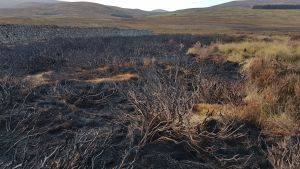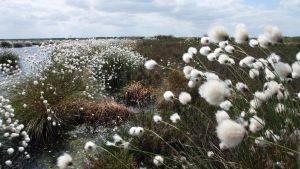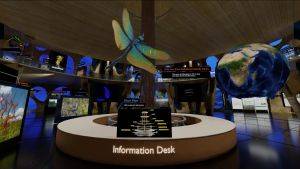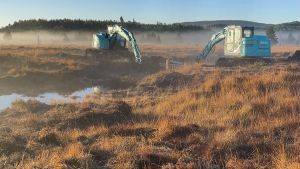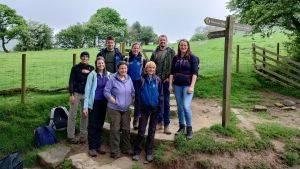The long-awaited report on inclusion of peatlands in the UK’s greenhouse gas (GHG) emissions inventory has now been published by the Department of Business, Energy & Industrial Strategy (BEIS). The work, which was led by the Centre for Ecology and Hydrology and the James Hutton Institute, has produced revised estimates of peat extent and condition, and new UK-specific emission factors for a range of management and land-use activities on peat.
 The report suggests that total GHG emissions from UK peatlands could exceed the equivalent of 20 Megatonnes of CO2 per year. These emissions occur across both the uplands and the lowlands. Lowland peat drained for intensive agriculture represents the most intense GHG source, occupying around 15% of the overall peatland area but contributing around half of all emissions. In the uplands, major sources of emissions include plantation forestry, erosion and the large-scale modification of natural peatland vegetation by drainage, burning and grazing.
The report suggests that total GHG emissions from UK peatlands could exceed the equivalent of 20 Megatonnes of CO2 per year. These emissions occur across both the uplands and the lowlands. Lowland peat drained for intensive agriculture represents the most intense GHG source, occupying around 15% of the overall peatland area but contributing around half of all emissions. In the uplands, major sources of emissions include plantation forestry, erosion and the large-scale modification of natural peatland vegetation by drainage, burning and grazing.
The emissions estimates produced for this report are expected to form part of the UK’s official emissions inventory in future, and have already featured in the recent ‘Net Zero’ report by the Committee on Climate Change. The methods developed will also help to capture the GHG benefits of peatland restoration projects, and to support future investments in restoration. The study was able to capture the emissions reductions resulting from around 70,000 ha of peatland re-wetting up to 2013, but highlighted the need for more systematic reporting of the extent and outcomes of all restoration projects, to enable the benefits of recent and ongoing restoration work to be recognised in the UK inventory.
Professor Chris Evans & Dr. Rebekka Artz


